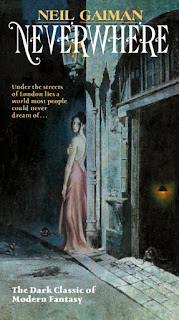Electronic book formats
appeal to so many different people I’ve ceased to be surprised when someone
comes to ask for either format. Whether young or old, avid readers or those who
don’t consider themselves a “reader”, all seem to find some part of electronic
books they can enjoy. One aspect of both e-readers and audiobooks that often brings people in is the ease of travel. Long
car rides with the family are made shorter with a good audio book coming out the
stereo, and there’s no arguing over music choice! E-readers allow avid readers
to bring tons of books on their vacation and they don’t need a separate bag for
the backup books, or their backup backup
books.
Ease of access with
e-books is also a big draw. Not just leisure books are available, but textbooks
as well. I’ve known many students who have chosen to have their textbooks on an
e-reader instead of buying a print copy. This way is not only often cheaper,
but also allows the student to bring several of their books without breaking
their backs carrying them. Most e-books are often on the cheaper side and so draw
people to the format. Often, one can find free e-books advertised and you only
have to download them to enjoy. Audiobooks also give an ease to those with a
busy lifestyle. Perhaps the reader can only enjoy a good book in their daily
work commute, or have them play as they do some housework or sit down to do the
bills. With today’s busy life, ease of access is often a top priority.
As for liking one format
over the other, I’ve never seen a problem with how someone “reads” a good
story. I myself have a Kindle and one of my favorite series is fully and only
downloaded on the device. As long as someone is enjoying the story or learning
something I don’t see the point in arguing over which format is better—everyone
has their own preference. My brother-in-law only reads through audiobooks,
because his attention can’t be caught with written words. While nothing will
beat curling up on my favorite spot with a hot drink and paper book in hand,
the new technologies have made books more accessible to people and that just
puts a smile on my face.
